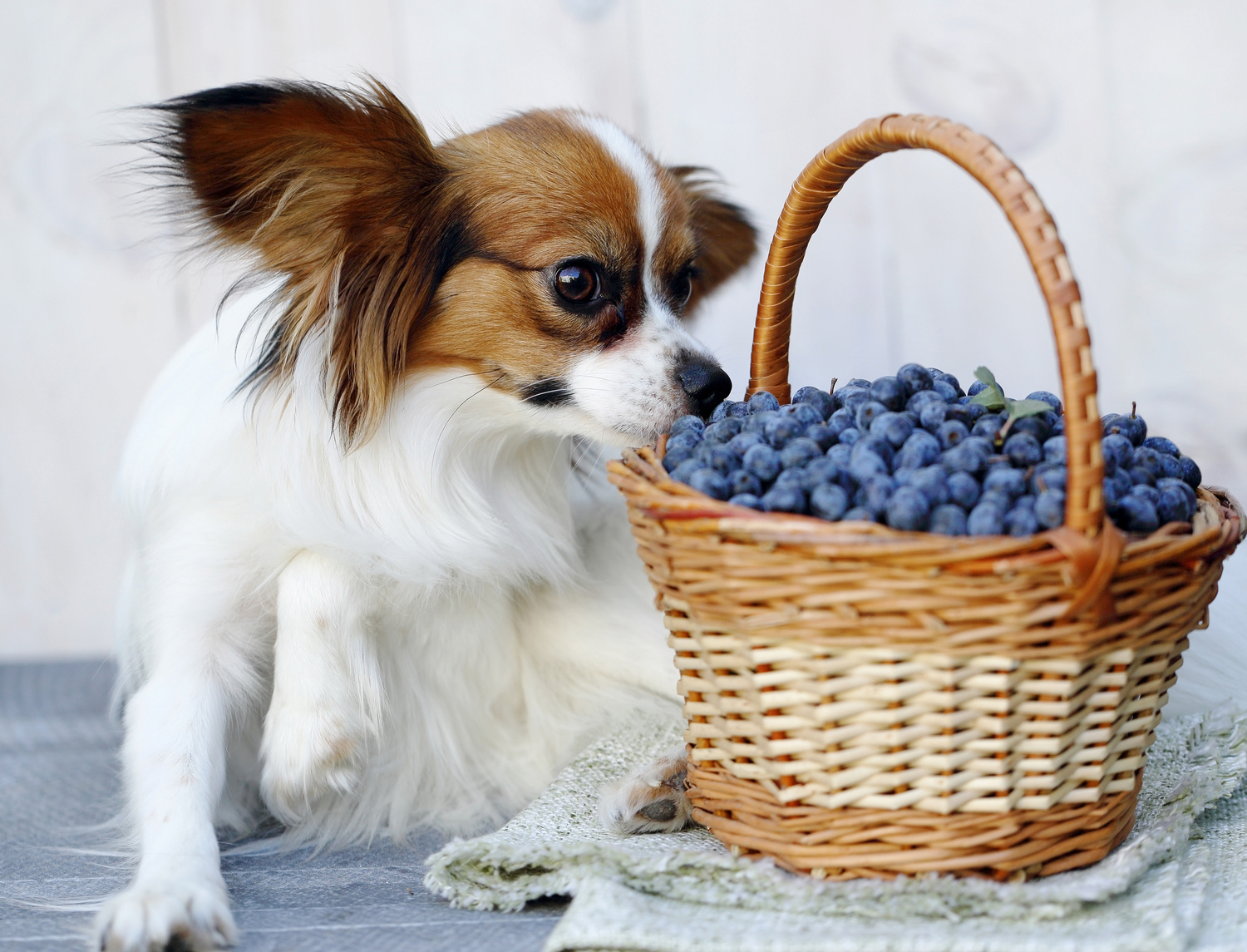
The Top Food Allergies in Cats and Dogs
Like people, food allergies can occur in pets at almost any age. Just like in humans, allergic response in cats and dogs is triggered when the immune system responds negatively to specific proteins during digestion. Allergic response typically occurs once food is broken down in the stomach, as enzymes break down proteins into absorbable amino acids, which are then fully absorbed. However, there are specialized immune cells in the immune system may target certain proteins as foreign substances, triggering a negative reaction by the immune system whenever the protein is consumed. Allergies in pets may develop right away or after years of consuming a particular allergen. Look for symptoms of allergy including itching and biting skin, swelling of lymph nodes, skin rash, skin infection or ear infections, hair loss, lethargy, excessive gas, burping, scooting due to rectal itch, stomach upset, vomiting, sudden weight loss, lack of appetite, and diarrhea. Most times a simple food swap, such as eliminating the offensive food substance and replacing it with a hypoallergenic option will eliminate symptoms completely.
Read on for the most common types of food allergies in cats and dogs:
1. Animal proteins
Proteins, like chicken, are among the most common allergens in cats. Allergies tend to be animal proteins or plant proteins rather than fats in both cats and dogs. For instance, dogs that are allergic to beef are also commonly allergic to lamb.
2. Dairy
In cats, a large proportion of food allergies (upwards of 90%) are direct reactions to dairy, which is why giving your cat a saucer of milk to lap up isn’t the best idea. In fact, research from University of Illinois College of Veterinary Medicine indicates that animals should only be exposed to lactose as babies (via mother’s milk) when human and animal bodies contain lots of the enzyme lactase, in order to digest milk sugars. As we grow, both humans and felines produce less and less lactase and may become unable to digest lactose (i.e., lactose intolerance).
3. Corn
Corn is a common plant protein features in many dog foods. However, many dogs suffer immediate corn allergies or develop corn allergy over time, and as a result of an overactive immune system.
4. Wheat
Dogs and cats, just like humans, may also have gluten allergy, which is a reaction to wheat and wheat gluten, specifically to gliadins or the gluten portion of the wheat seed. Cats and dogs with gluten allergy may be able to tolerate rice, wild rice, buckwheat, millet, quinoa, amaranth, soybeans and sunflower seeds, which contain almost no gliadins.
5. Fish
Believe it or not fish is responsible for a large percentage of food allergies in felines (roughly 23%). In fact, fish should never make up the majority of your cat’s diet, even if he or she comes running at the pop of a tuna can lid. Cats who primarily consume raw fish risk thiamine deficiency. So while it’s okay to feed your cat a tiny bit of tuna from your can, keep it to a minimum.
A note on hypoallergenic foods…
In many instances, veterinarians will prescribe swapping regular pet food with hypoallergenic food in order to eliminate allergy symptoms in cats and dogs. For a pet food to be deemed “hypoallergenic” it must contain only a limited number of essential ingredients and not contain the known allergen.


